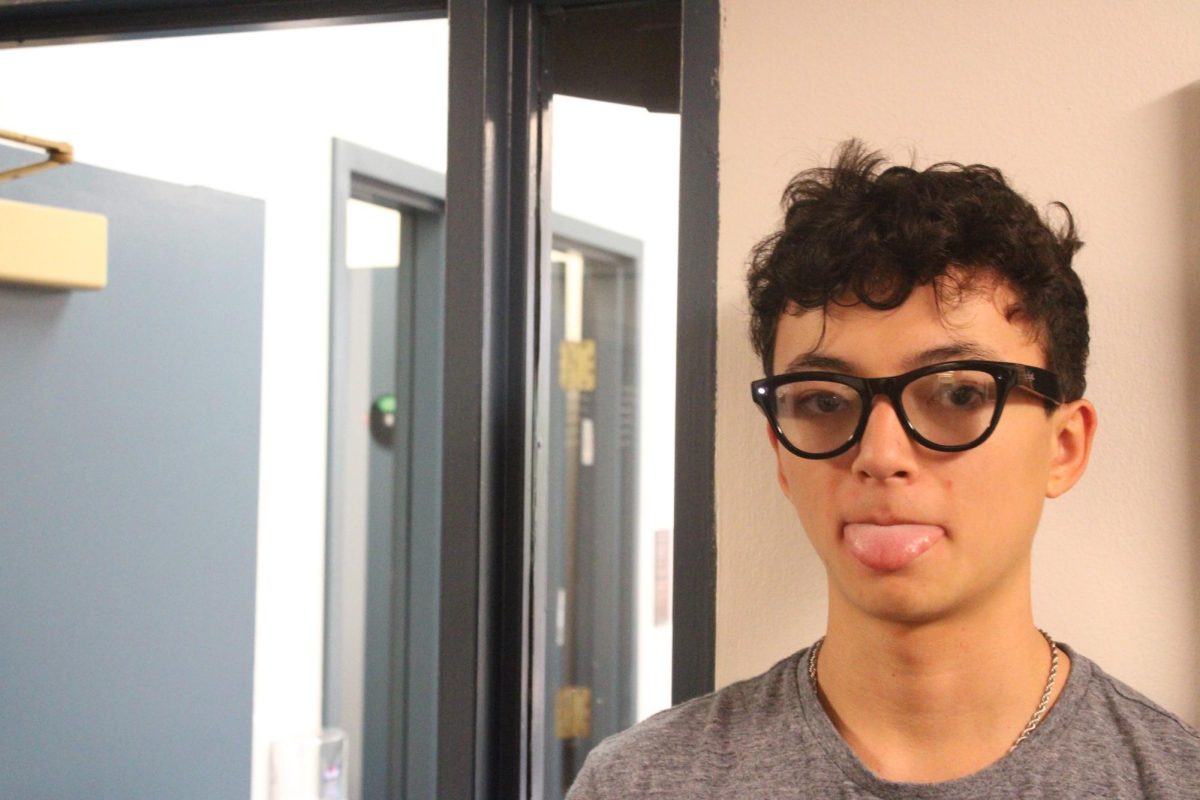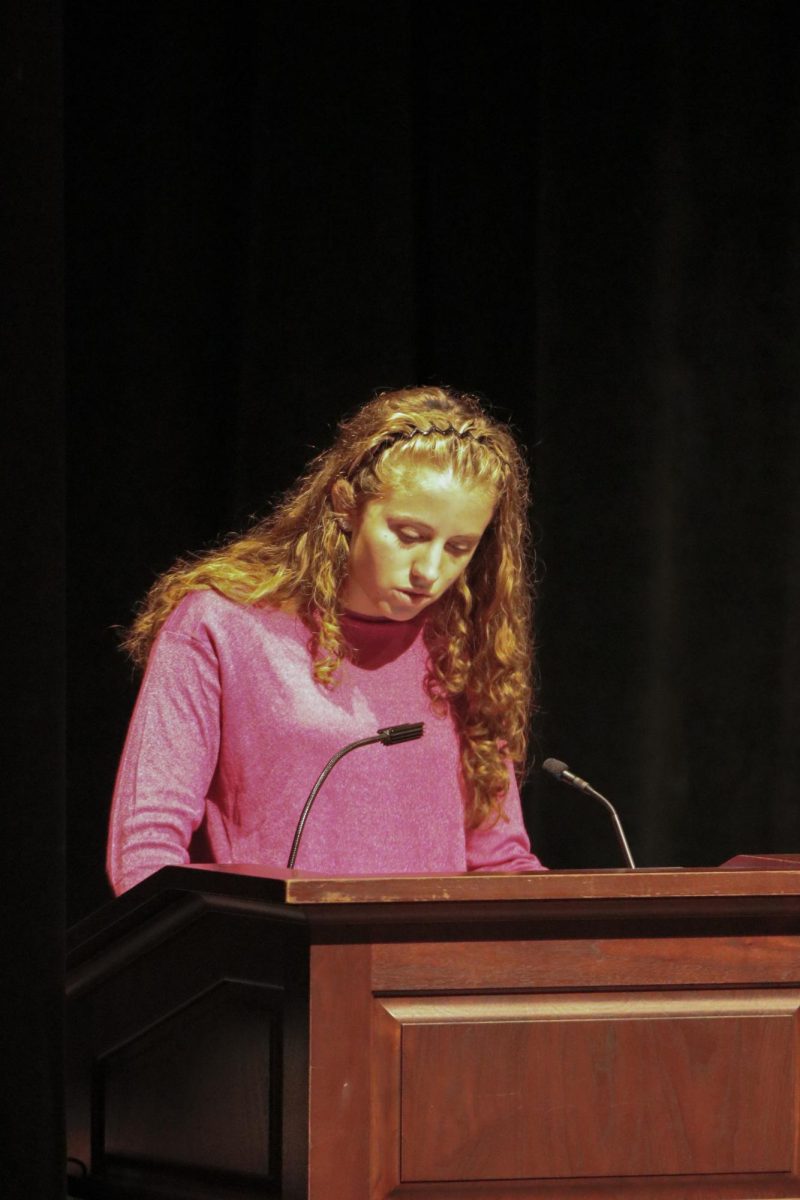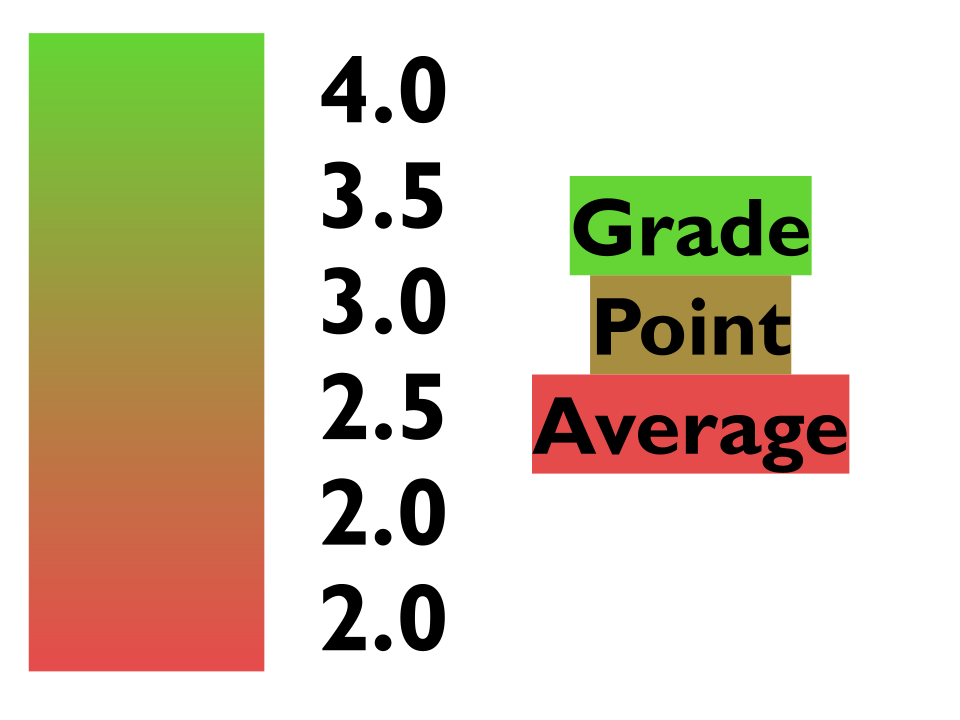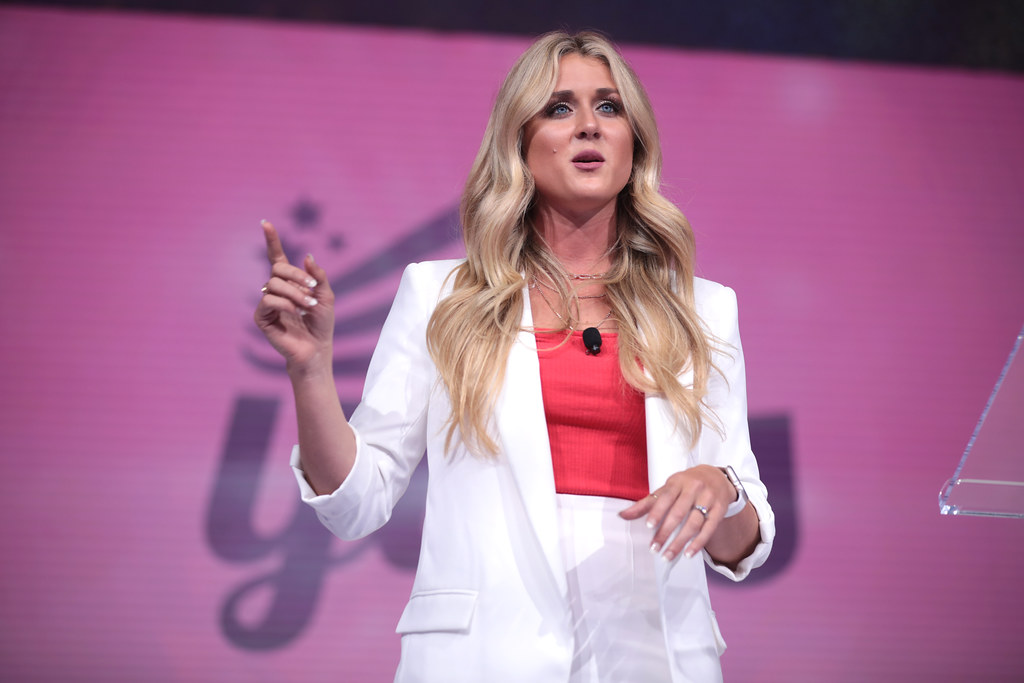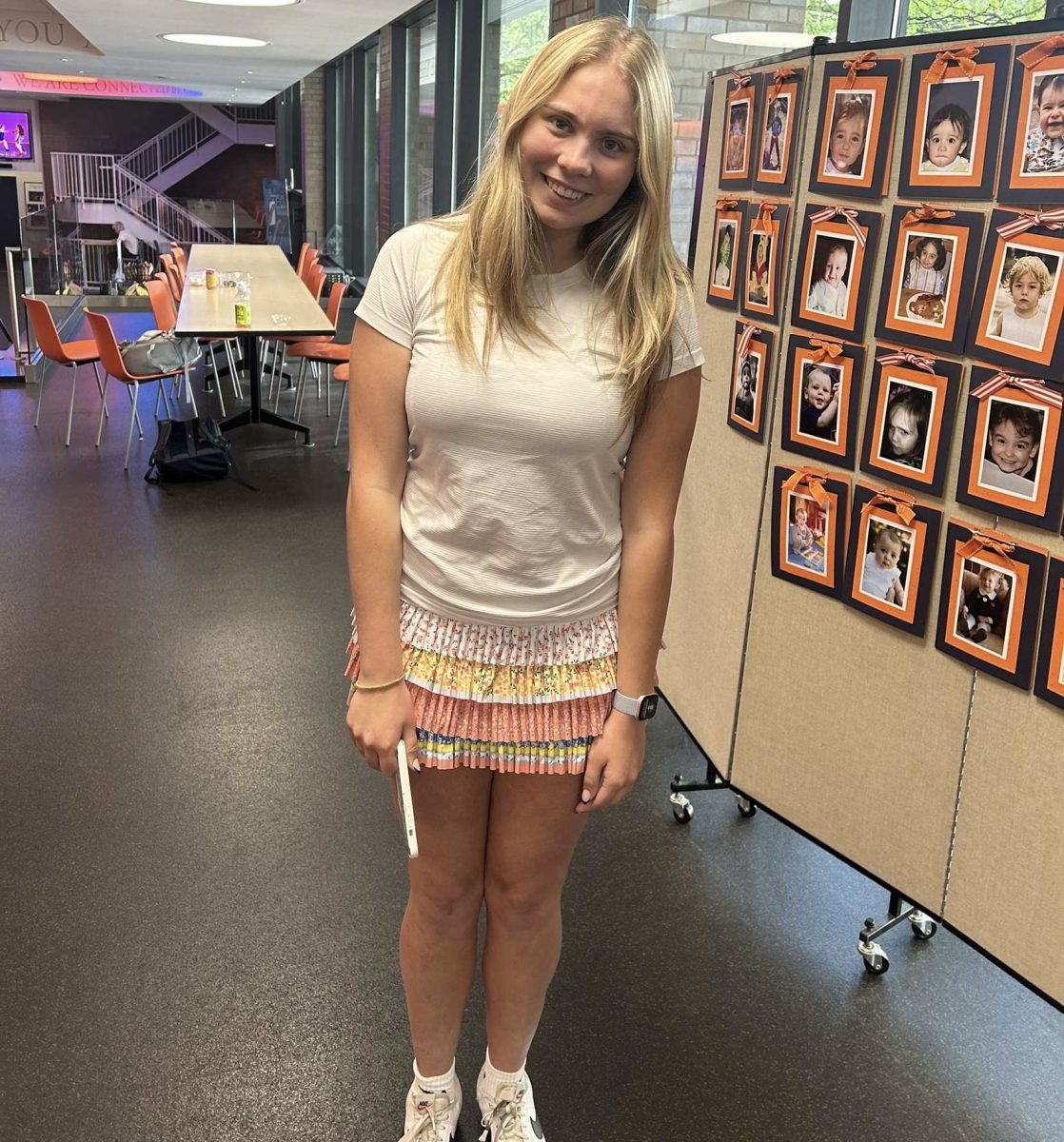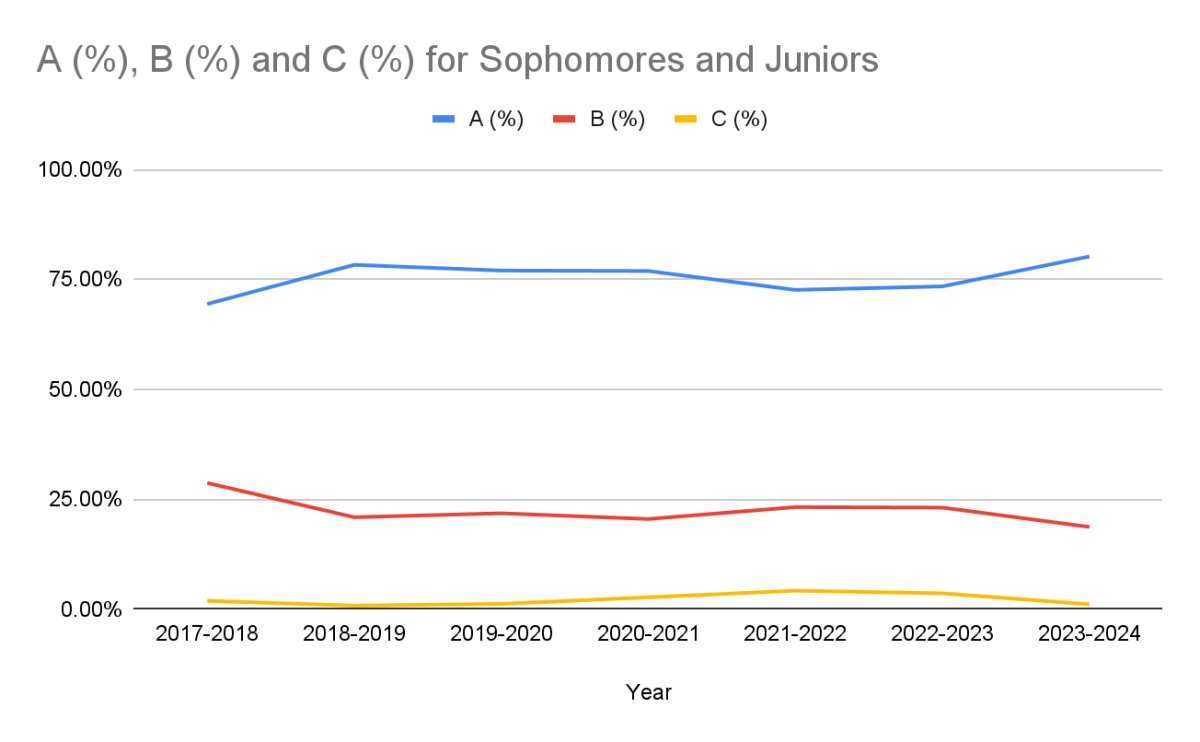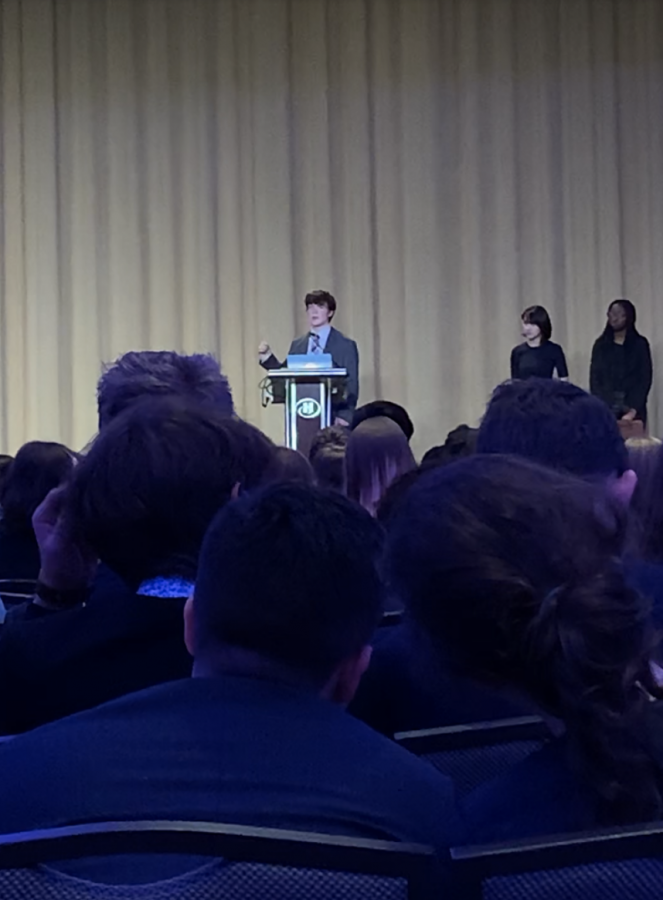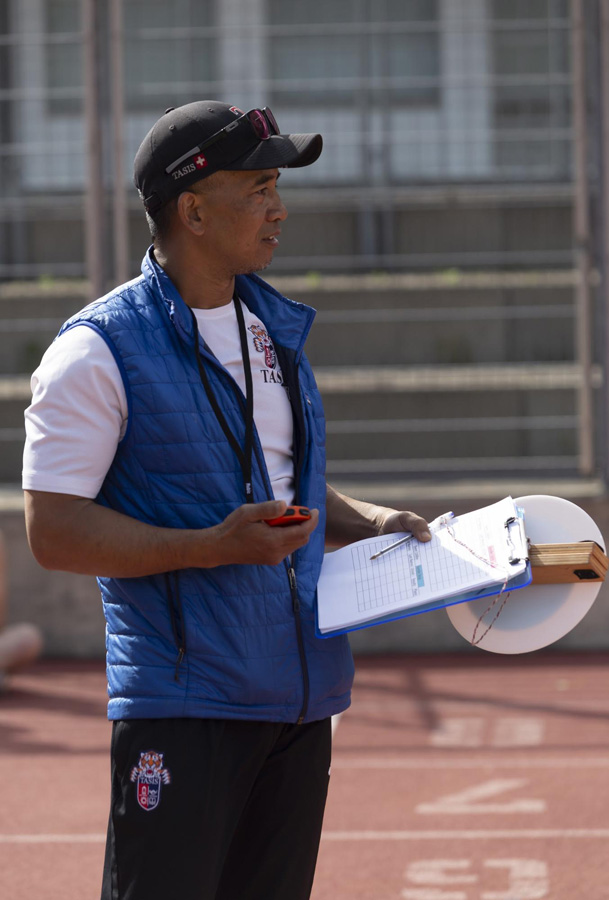Olivia Baker If the teenage melodrama boom of the 90s has taught us anything, it’s that pregnancy leads to death, and high school sexual education was tedious at best. Latin’s previous sex ed curriculum, though, wasn’t all that primitive or pathetic. The structure and content of the course was the brainchild of Susan Humphrey, the former head of Latin’s sex ed curriculum. Indeed, there was once a teacher with sex ed as their full-time job at Latin. Things, to say the least, looked different back then. Sex ed began in fifth grade, co-ed and with an interview. Encouraged by Humphrey, students were sent home eager with a list of questions for their parents: What was I like when you first met me? Where does my name come from? What was my first word? The purpose of the interview was to track changes students have made since birth, largely to transition into the topic of puberty and to make it seem as “nonthreatening” as possible. Students then lightly touched on birth development and the birth process. The middle school sex ed material was, and continues to be, the nuts and bolts of of healthy, normal sexual issues. “That [curriculum] included social concerns, differences in developmental rates (by gender and individually), the normalcy of both heterosexual orientation and homosexual orientation” Humphrey said. “We addressed parental rules and the need to address [parents] as appropriate to each student’s culture, religion, and family situation.” Come high school, and the students discussed more controversial concerns like birth control, STDs, abortion, and various sexual behaviors in and out of marriage. The school presented the facts and urged the students to seek more information, if need be, at home and beyond school grounds. Nothing too dissimilar exists now. But what sets apart the high school sex ed curriculum from back then, aside from a lesser emphasis on consent and sexual assault, was the case-study teaching strategy. “In 11th grade we predominantly did case studies and relied almost exclusively on presenting a scenario, and discussing it. Many faculty members helped by volunteering to tell their personal stories as discussion starters” said Humphrey, who was startled on how open some of her colleagues were. “Topics included not only marriage and dating and being parents, but also growing up gay and lesbian, deciding to divorce, rape, HIV/AIDS, and other such intimate subjects. When no volunteers were available, we used tapes of TV programs, quotes from literature, or commercial films to introduce a topic… I took clips of such things as bullying, spousal abuse, telling a partner or partners about HIV exposure, after the fact, decisions about sexual activities after the prom, alcohol and decision making, etc.” Humphrey also wrote some stories of friends and relatives of hers — under disguised ID, of course. Senior year came with a bigger, even tiring, responsibility: each student, unpaired to avoid heteronormativity, was given a nine-pound doll to care for over weekends. “This doll had been programmed to cry at random times, and the only way to silence it was by inserting a key, which had been put on the students wrist with a plastic tie (so that only that student could use the key, not a ‘baby sitter..’ Also locked in the doll was a record of how quickly crying was responded to, and to pass the exercise— zero neglect was allowed.” Ten years after her departure, Humphrey wonders where the dolls went. She suspects, too, the lack of an well established sex ed study in the Upper School — even the measly freshman sex ed curriculum has been terminated for the 2018-19 school year. “When Ms. Humphrey left the school did not replace her, hence the lack of US curriculum” said Ms. Finch, a former colleague of Humphrey and the fifth grade sex ed teacher. But the Upper School sex ed curriculum is not completely obsolete. “We needed to figure things out” said Ms. Horvath, assistant upper school director, on the year’s hiatus. “We wanted to find a really compassionate teacher, someone who could do it well, because sex ed is a pretty focused area that that needs to be done effectively.” The solution? Ms. Merrell will take the reins as a certified sex educator next year. “I think we want to take a different approach. Historically, sex ed has been taught in a don’t do it, it’s scary, it’s bad sort of way. So, coming from a sex positive approach, it’ll show that sex is a big part of everyone’s life, and that students will have the tools emotionally to handle it..And that a student will be exposed to a variety of things, and dispelling misconceptions that people may have about it. And for them to become more open, more comfortable talking about it. One of the reasons sex ed is kind of weird is that people aren’t into it — they aren’t talking about it. We want students to ask questions, we want everyone to ask questions. A goal of the program will be to come at it in a way that everyone feels safe to ask questions, to learn, and, hopefully, to tie into those consent talks that we hold each year.” As it is, it doesn’t seem like Humphrey’s vision of a sustained sex education throughout high school, nor her dolls, will return; Merrell points to large class sizes, brief face time, and students’ tightening schedules as reasons. Agreement for both curricula, however, is that sex ed — not just the study of intercourse and anatomy, but the study of relationships, consent, and basic human interaction — is indispensable. “I think—no, know— that sexuality is a vital part of life and it is folly to assume young people will make good decisions about this wonderful and dangerous aspect of themselves without accurate facts, and permission to grapple with issues as they grow and change,” says Humphrey.]]>
Categories:
The Role of Sex Ed
May 16, 2018
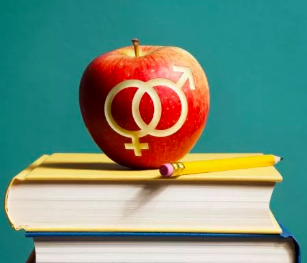
0
More to Discover

